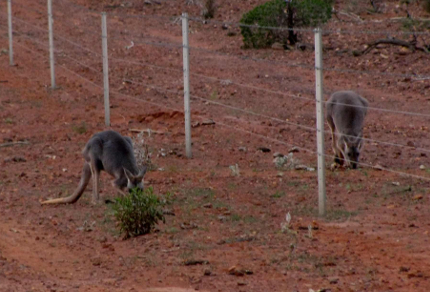Western Australia, Day 5
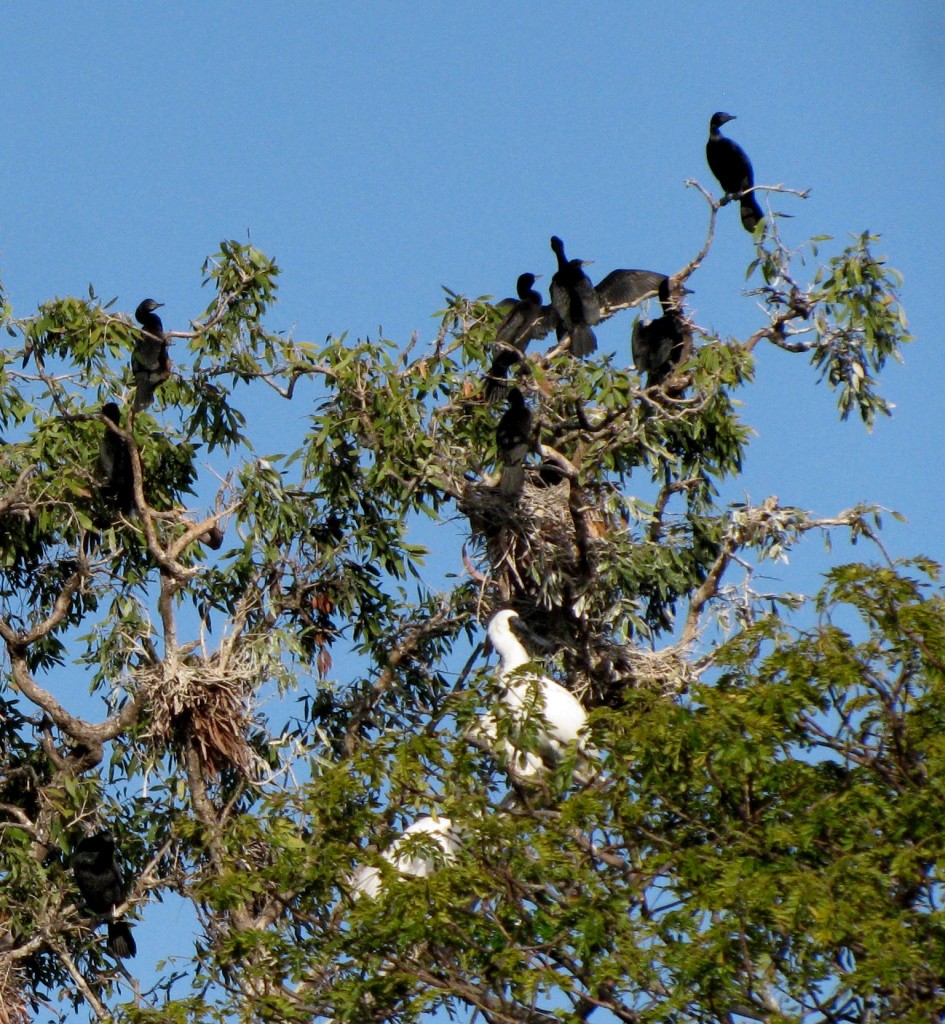
Little Black Cormorants and Royal Spoonbills, Fairfield Waters (© Magi Nams)
Townsville: A blustery wind and cool morning air accompanied me as I cycled to Lake Fairfield in the suburb of Idalia. Flocks of zebra finches flew from tree to tree along the shore of the manmade lake, and the lawns were flecked with magpie-larks, masked lapwings, and mynas. Overhead, an adult white-bellied sea eagle managed to maintain its majestic flapping while being attacked from above by a whistling kite. Along the shoreline, a little egret, snakebird, and great egret hunted for prey, while crested pigeons pecked at the sandy ground near the water.
After leaving the lake, I discovered a wetland adjacent to Fairfield Waters Drive that was teeming with little black cormorants, both in the water and in nests in trees bordering the wetland. As well as the nesting colony of cormorants, the wetland provided habitat for hundreds of Australian white ibises and tens of royal spoonbills, both of which perched in trees and congregated near the water’s edge. Perhaps this wetland was the retreat of ibises and spoonbills I’d seen foraging in flocks on the saturated lawns of the Ross River Parkway during the wet. I took two special images with me from the wetland. The first was the cormorants in their shaggy leaf nests on the wide-spaced, crooked branches of tall trees. The second was an immature royal spoonbill bobbing its head and emitting hissing trills as it begged food from its parent. I got the distinct impression that the harried adult spoonbill wanted nothing more than to escape its offspring.
Western Australia: Kangaroo surveys occupied the research crew this morning. They drove around Yakabindi station and recorded the following information: numbers of red kangaroos and wallaroos, sex of each kangaroo, and if female, reproductive state (for example, young in pouch or young afoot). If species identification was uncertain, the macropod was recorded generically as Macropod species. Supposedly, the heads of wallaroos resemble donkeys and those of red kangaroos resemble old men. These distinctions were not always discernable. However, the scats or dung of wallaroos and red kangaroos are distinctly different, with wallaroo droppings looking like small cubes and kangaroo turds resembling oblongs with a pointed tip.
The research crew’s work schedule coincided with the peak activity periods of many mammals and birds – morning and late afternoon or evening. This meant Vilis, Janis, Euan, and Gus often had several hours of down time during the middle of the day, during which they indulged in reading, photography, playing a musical instrument, or other pursuits.
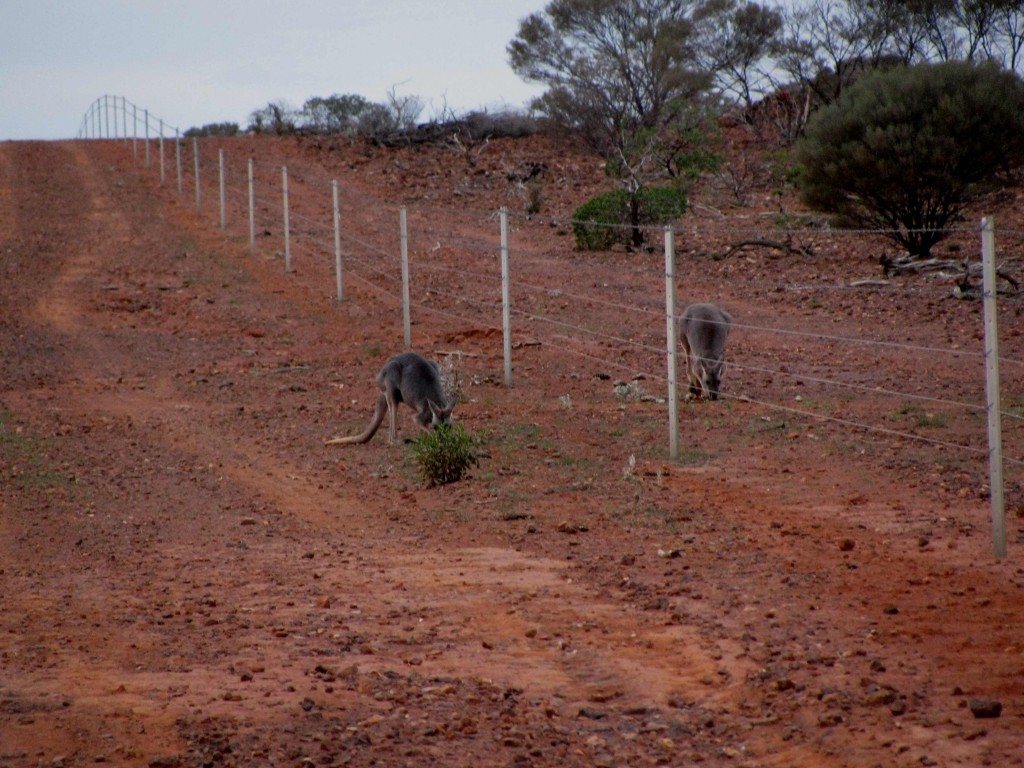
Macropods and Fenceline, Yakabindi (© Vilis Nams)
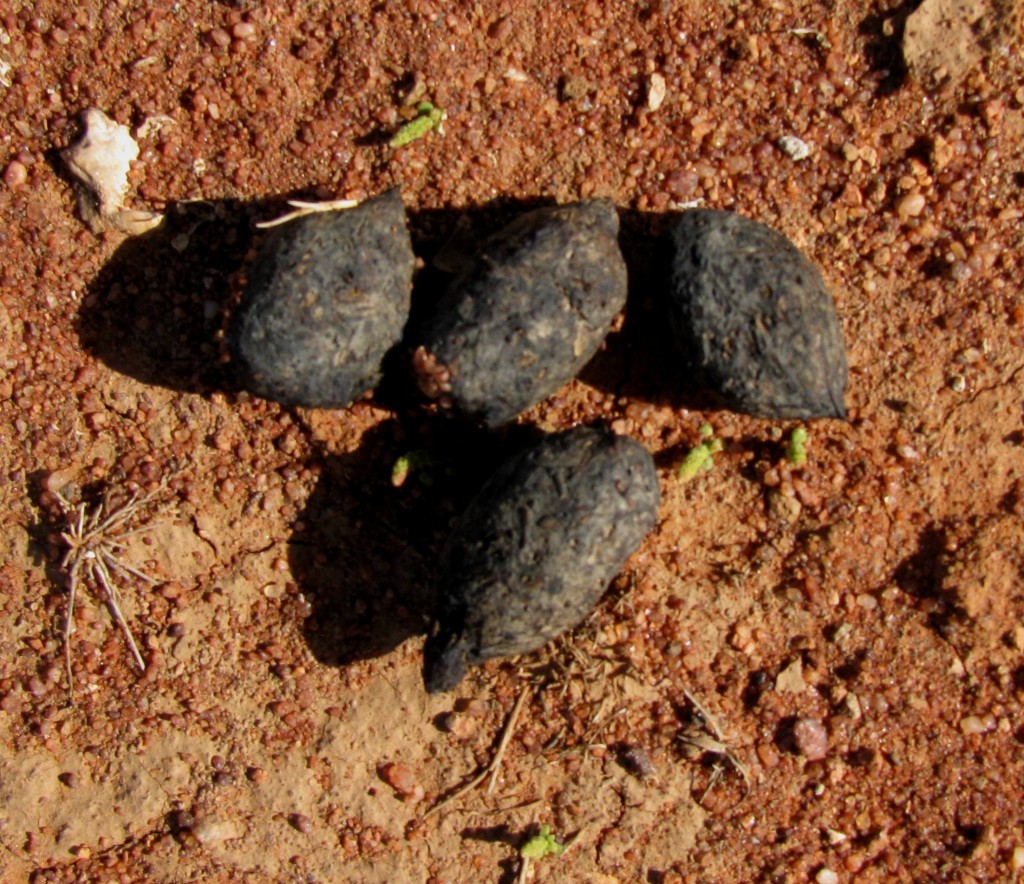
Red Kangaroo Scat (© Vilis Nams)
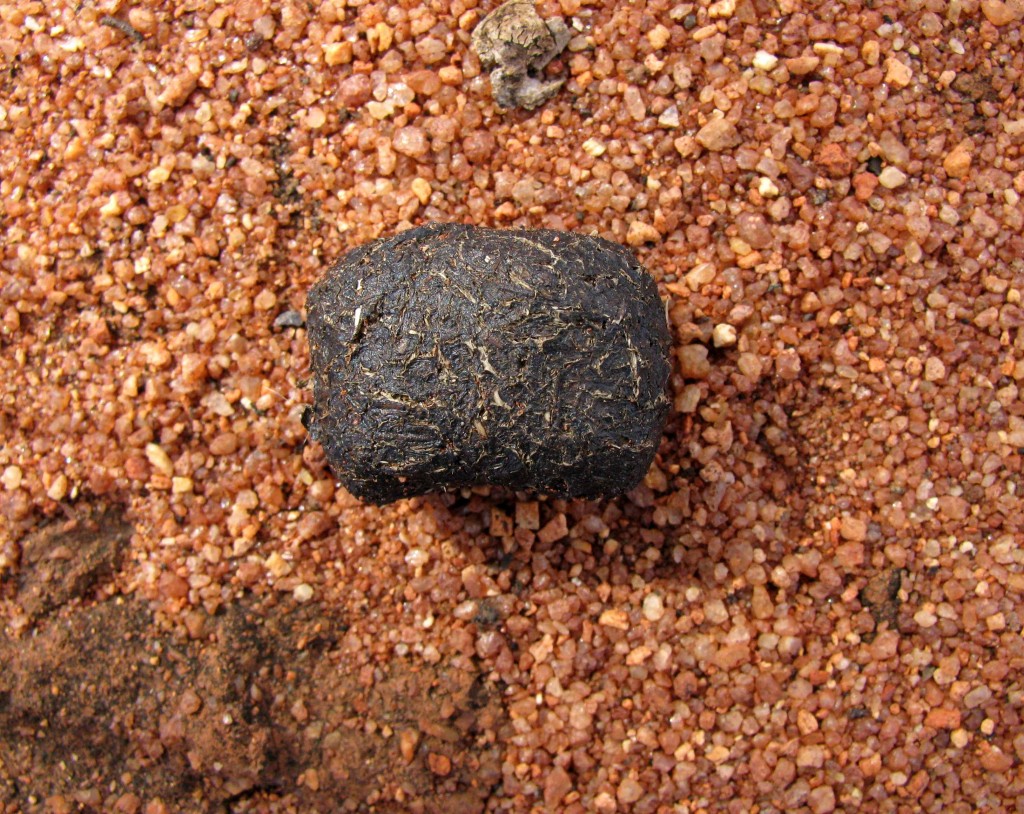
Wallaroo Scat (© Vilis Nams)
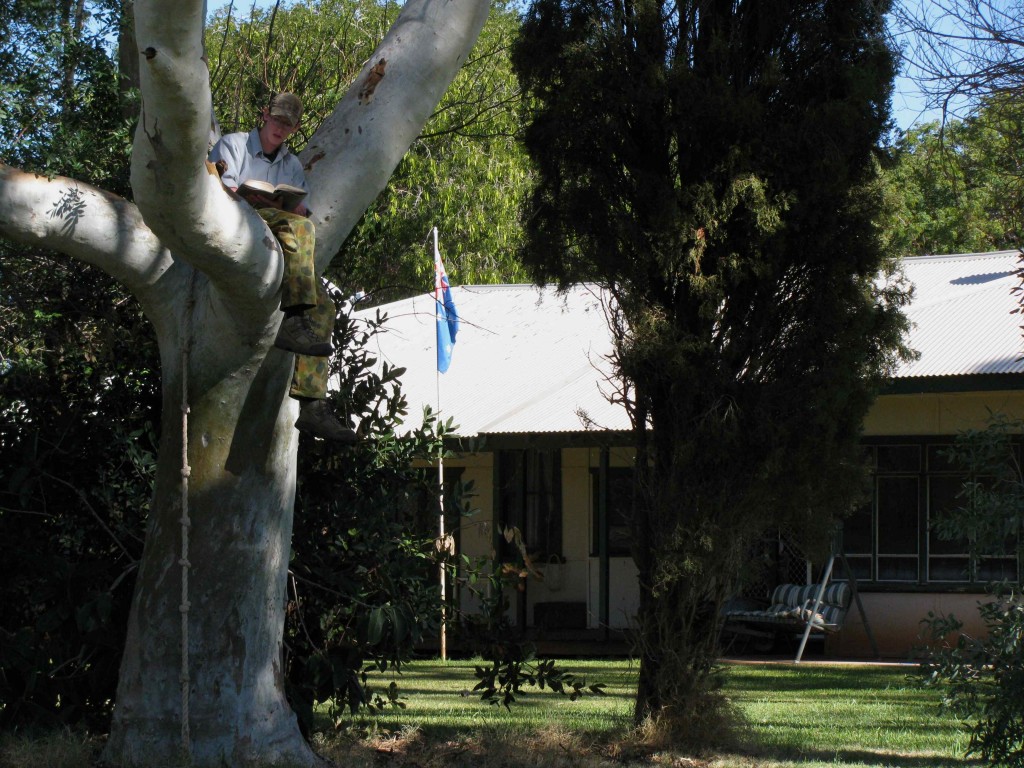
Janis Enjoying Down Time at Yakabindi (© Vilis Nams)
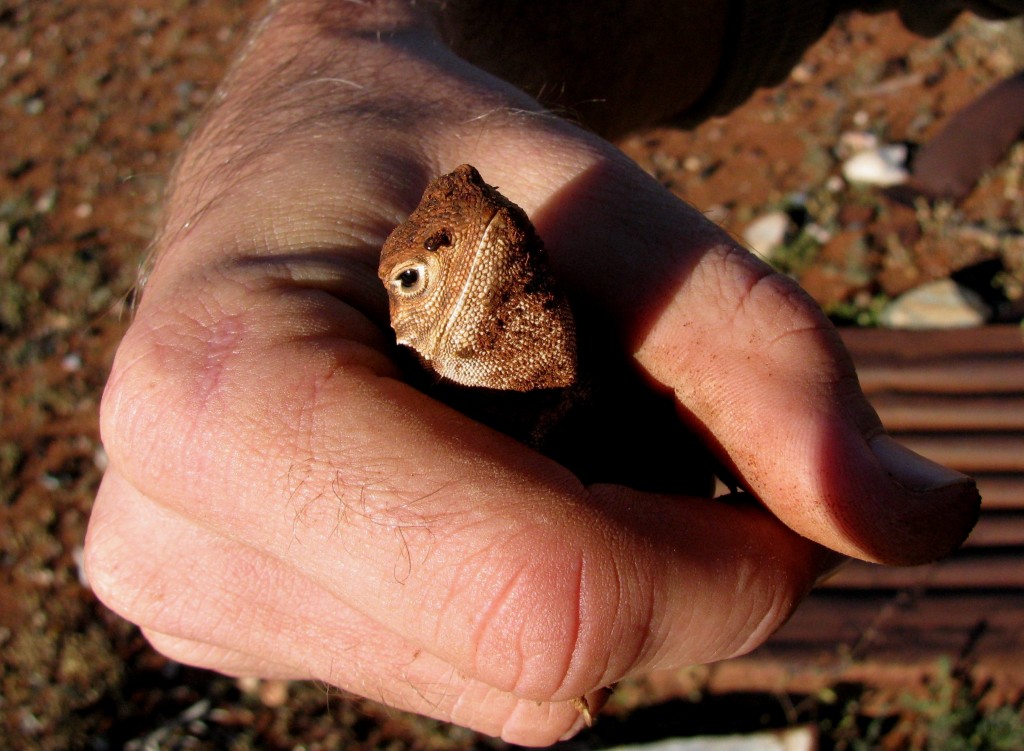
Gus with a Dragon to Photograph (© Vilis Nams)
Today’s bird list: zebra finches, sulphur-crested cockatoo, magpie-larks, masked lapwings, little black cormorants, little egret, blue-faced honeyeaters, brown honeyeater, anhingas, great egret, whistling kite, white-bellied sea eagle, crested pigeons, yellow honeyeater, Australian white ibises, royal spoonbills.

